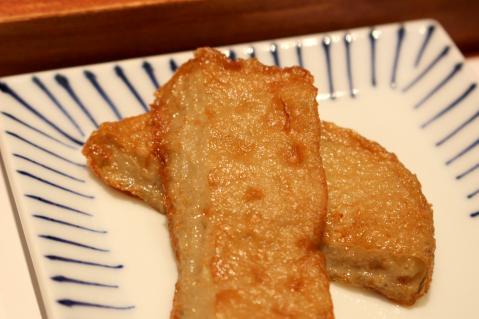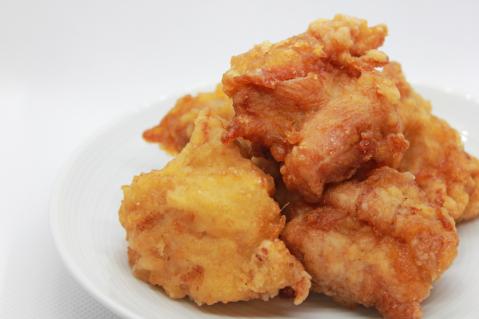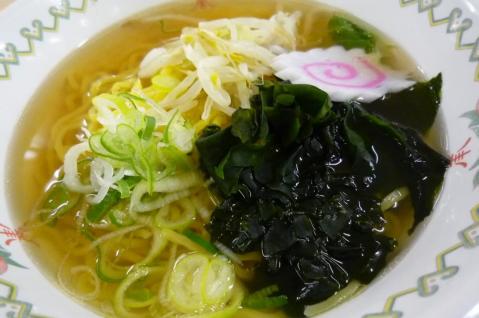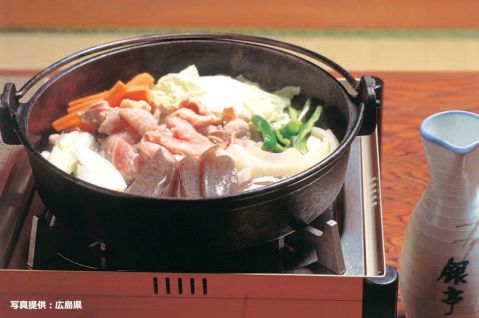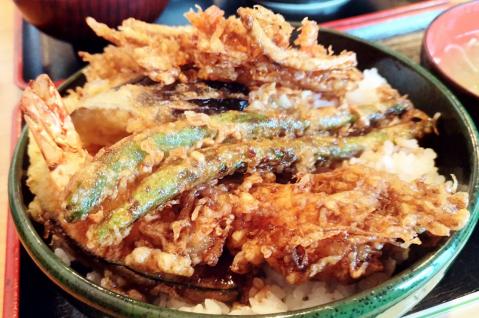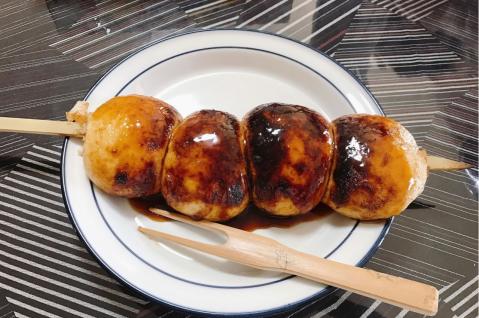Fukumen
A festive dish that symbolizes the four seasons

About Fukumen
Fukumen (ふくめん, Fukumen) is said to have originated as a ceremonial dish in the Uwajima domain. Its main ingredient, konjac (konnyaku), is made from the konjac yam, a crop that thrived even during famines in the Edo period, leading to its cultivation as a reliable food source.
The origins of the name "Fukumen" are varied. In Uwajima, konjac is called "yama-fuku," and since the dish involves slicing it thinly, almost like noodles, it was named "fuku-men." Another theory suggests the name comes from the way the konjac is completely hidden under a generous layer of seasoned minced toppings, as if "masked." There’s also a theory that relates the name to the word "fukume," which means to finely chop ingredients.
The toppings on Fukumen are designed to represent the four seasons: pink minced meat for spring, green onions for summer, orange mikan accents for autumn, and white minced meat for winter. This vibrant representation of the seasons has made Fukumen a centerpiece for special occasions. It is often served during festivals, New Year celebrations, weddings, milestone anniversaries, and other festive gatherings.
With its colorful appearance, Fukumen is a dish that adds cheer and elegance to any celebratory table. In the Uwajima area, when celebrations arise, large communal platters known as "Hachimori" are prepared to be shared among many guests. Fukumen is a must-have centerpiece in these grand shared meals, making it an integral part of festive dining traditions.
Related videos
Reviews
There are no reviews yet.

